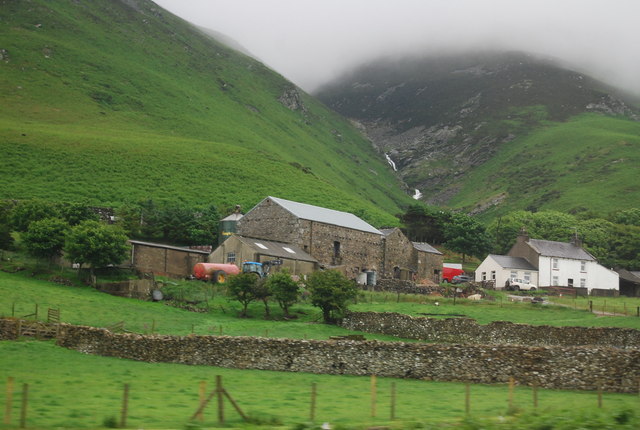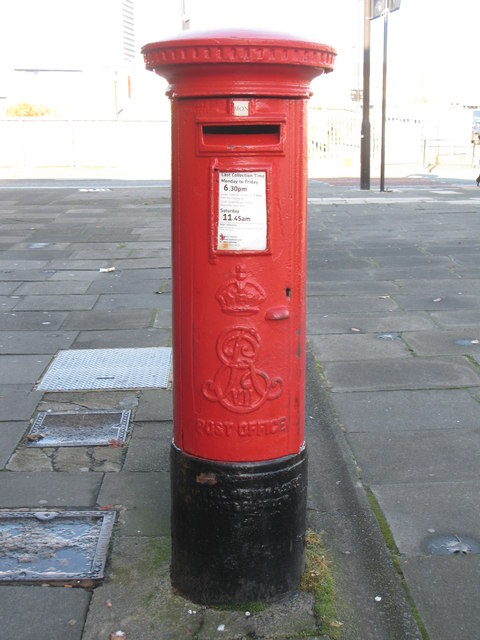Topics > Cumbria > Whitbeck > Whitbeck Parish, 1848
Whitbeck Parish, 1848
WHITBECK (St. Mary), a parish, in the union of Bootle, Allerdale ward above Derwent, W. division of Cumberland, 3 miles (S.S.E.) from Bootle; containing 208 inhabitants. The parish is situated between the Black-Combe mountain and the sea, and comprises 2,279 acres, whereof 1,754 are arable, 205 meadow, 35 woodland and plantations, and 285 pasture and peatmoss; exclusively of about 3000 acres of common and waste. The surface presents an uneven appearance, falling from the base of Black-Combe to a level or flat nearly as low as high-water mark, and again rising to the margin of the sea. About 26 years ago, Dr. King, now president of Queen's College, Cambridge, drove a level about a hundred yards high in the mountain, and obtained cobalt, but not in sufficient quantity to induce him to persevere. The road from Dalton to Ravenglass, and the Whitehaven and Furness railway, intersect the parish. The living is a perpetual curacy; net income, £76, with a glebe of four acres, and a house; patron, the Earl of Lonsdale. The small part of the parish that is titheable pays a rent-charge of about £60; the rest has from time to time been made free by purchase. The church is a plain oblong structure, of which the chancel was rebuilt about 20 years since by the late Earl of Lonsdale. An almshouse for six poor persons was erected in 1632; the income, £24, is derived from an estate left by Henry Parke, a native of the place: at present but two old men are inmates.
At a short distance below the spot where Dr. King commenced his mining operations, rises a spring of water forming a considerable brook that passes by a farm belonging to the Earl of Lonsdale. In this water no ducks can thrive; they soon hang their wings, and pine away: neither are fish found in it, although at the distance of a few hundred yards it empties itself into a pool in which are trout and eels. The water has no bad effect upon geese; it is used for domestic purposes, and is considered pure and good. A religious house, under the abbey of Furness, is supposed to have existed here, at a farm called Monkfoss: in digging on the site a few years ago, some human bones were discovered. In the peat-mosses are found trunks of oak and fir so large, that they have been used for roofing barns and other buildings.
Extract from: A Topographical Dictionary of England comprising the several counties, cities, boroughs, corporate and market towns, parishes, and townships..... 7th Edition, by Samuel Lewis, London, 1848.

from https://openlibrary.org/books…
A topographical dictionary of England, Samuel Lewis, 7th Ed., 1848
- A topographical dictionary of England
comprising the several counties, cities, boroughs, corporate and market towns, parishes, and townships, and the islands of Guernsey, Jersey, and Man, with historical and statistical …
Added by
Simon Cotterill


from https://openlibrary.org/books…
A topographical dictionary of England, Samuel Lewis, 7th Ed., 1848
- A topographical dictionary of England
comprising the several counties, cities, boroughs, corporate and market towns, parishes, and townships, and the islands of Guernsey, Jersey, and Man, with historical and statistical …
Added by
Simon Cotterill







